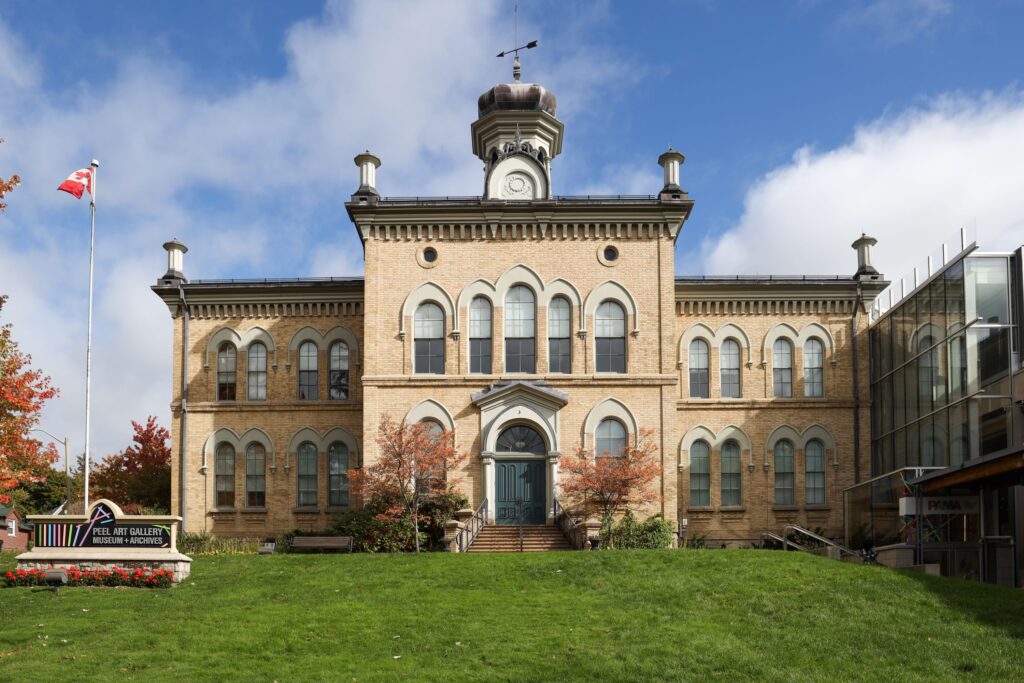Embarking on the journey to secure Canadian citizenship for your children is a significant and rewarding endeavour. This guide is designed to provide parents and guardians with a comprehensive yet approachable roadmap for navigating the intricacies of the Canadian citizenship application process for their children. As we delve into the details, remember that each step is a bridge toward unlocking a world of opportunities and benefits for your child.
1. Understanding Eligibility Criteria
The eligibility criteria for Canadian citizenship lay the foundation for the entire process. Children born in Canada are generally automatically granted citizenship, whereas those born abroad to Canadian citizens may qualify through birth registration or adoption processes. It’s crucial to understand these criteria in order to determine the appropriate path for your child’s citizenship.
2. Registration of Birth Abroad
Should your child be born outside Canada with at least one parent being a Canadian citizen, the birth registration process becomes pivotal. This involves submitting the necessary documentation, including the child’s birth certificate and evidence of Canadian citizenship for the parent(s). Completing this registration promptly sets the wheels in motion for the subsequent citizenship application procedure.
3. Adoption and Citizenship
For families navigating the adoption route, the process entails demonstrating that at least one adoptive parent holds Canadian citizenship. Proper documentation, including adoption orders, legal papers, and proof of the adoptive parent’s citizenship, is crucial. Throughout this journey, adherence to both Canadian and international adoption laws is imperative to ensure a seamless process.
4. Meeting Residency Requirements
Ensuring your child meets residency requirements is a vital step in the process, especially for children born abroad to Canadian citizens. This requirement typically involves parents spending a specified amount of time physically present in Canada during a defined period. Keeping meticulous records of travel, work, and residency is essential to comply with these prerequisites.
5. Completing the Citizenship Application
With eligibility confirmed, the subsequent step is the completion of the Canadian citizenship application. This involves providing detailed information regarding the child’s identity, parentage, and other pertinent details. Ensuring the inclusion of accurate documents, such as birth certificates and proof of residency, is imperative to facilitate a smooth application process.
6. Understanding the Citizenship Test (if applicable)
For children over 14 years of age applying for citizenship, a potential hurdle is the citizenship test. This test assesses the applicant’s knowledge of Canadian history, values, institutions, symbols, and the rights and responsibilities associated with citizenship. Adequate preparation, utilizing available study resources, becomes crucial for ensuring success in this component of the application.
To learn more about the Canadian Citizenship test, click here.
7. Language Requirements
Language requirements may come into play, particularly for children over 18 years old. Proficiency in English or French must be demonstrated through language tests. It’s essential to be aware of potential exemptions and ensure compliance with these language requirements during the application process.
8. Fee Payment
Citizenship applications typically involve fees, and ensuring timely payment is crucial to avoid processing delays. Investigating potential fee waivers for specific individuals is advisable, requiring verification of eligibility for such exemptions.
9. Waiting for Processing
Following the submission of the application, a waiting period for processing ensues. Timely monitoring of the application status and prompt responses to any additional documentation or information requests are crucial during this phase. Patience is key as your child’s application moves through the intricate stages of assessment.
10. Receiving Citizenship Certificate
Upon approval, your child will be issued a citizenship certificate, serving as official proof of Canadian citizenship. This document holds significant importance for various purposes, including obtaining a Canadian passport.
11. Applying for a Canadian Passport
Armed with the citizenship certificate, the final step is applying for a Canadian passport. This document not only facilitates international travel but also serves as primary identification within Canada. It marks the culmination of the process, providing your child with a tangible symbol of their Canadian identity.
12. Maintaining Dual Citizenship
It’s essential to note that Canada permits dual citizenship, allowing your child to retain citizenship from another country if applicable. Understanding the rules and regulations concerning dual citizenship in both Canada and the child’s other country of citizenship is crucial for informed decision-making.





